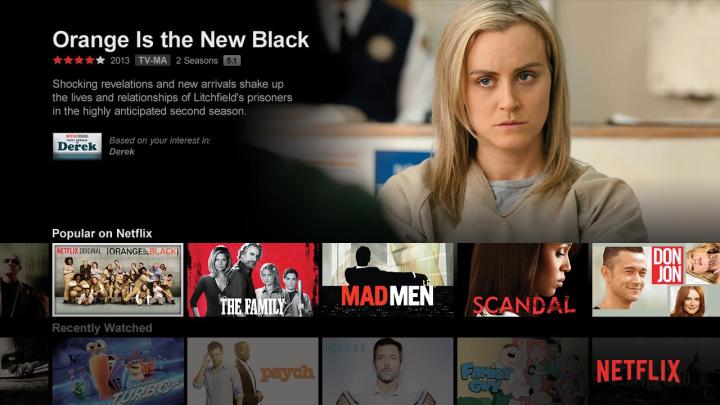
Cliff Edwards, Director of Corporate Communications called offline downloads a “short term fix for a bigger problem” in an interview with TechRadar, adding that it’s more important to focus on improving on the availability, quality, and, I might add, pricing of Wi-Fi access from anywhere. In other words, why offer Netflix offline when the whole point is to be online anywhere and everywhere? Maybe you will be able to watch from thousands of feet in the air, after all!
It appears that competitor Amazon, which already offers offline viewing capabilities with its Prime Instant Video service, has a markedly different point of view on the issue.
“We want our customers to be able to watch their digital videos on all devices, anywhere they are,” says Michael Paull, Vice President, Amazon Digital Video. “Offline viewing is already available on Fire tablets and we’ll continue to roll out this functionality to other devices in the future.”
For now, Amazon may have the right idea. While eventually having the capability to stream an entire TV series on a flight to China is one thing, what that might cost is a whole other ballgame. When you consider the cost to make a single phone call from an airborne plane, one could easily fall into shock thinking about the bill to stream an entire season of The Walking Dead! Offline, it is!
That said, Netflix may also have a point. If you want to think toward the future, the future is supposed to be about always-on connectivity, right? Wi-Fi, or at least 3G/4G/LTE connectivity, is already becoming more ubiquitous on planes, trains, and in underground subways. We still have a long way to go, but it’s what the whole industry is striving toward.
Who knows – maybe in a few years time, streaming access will be as common as the air we breathe. Indeed, Edwards expressed just that to TechRadar, predicting that offline viewing would be a thing of the past in just five years time.
Whatever the case, Netflix is putting its foot down on this one. It seems while Netflix’s model encourages cutting the cord to cable (or at least it did before the latest moves, like a partnership with DISH), the company has no intention of cutting its virtual tether to the Internet.


